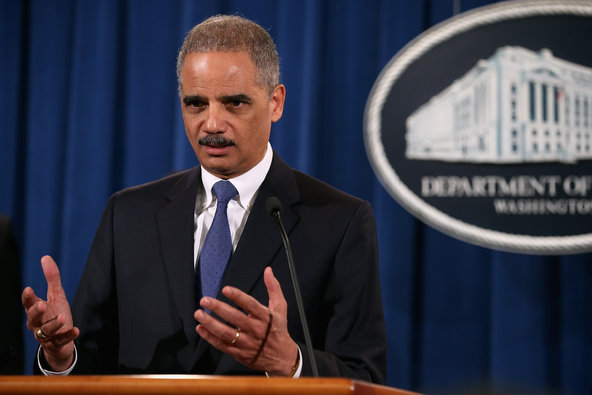In a decision made public on Monday, Justice Melvin Schweitzer of the State Supreme Court in Manhattan ordered JPMorgan to pay $42.5 million on the breach of contract claim, plus 5 percent annual interest starting in May 2008.
The judge found JPMorgan was not liable for negligence. His decision was dated Aug. 21, about seven months after the three-week, nonjury trial.
Mr. Blavatnik sued JPMorgan in 2009 to recover more than $100 million that he said the bank lost on a roughly $1 billion investment by CMMF L.L.C., a fund created by his company, Access Industries.
Separately, JPMorgan faces other litigation and investigations involving its handling of mortgage-related businesses during the financial crisis.
According to Mr. Blavatnik, JPMorgan Investment Management promised that it would invest Access’s money conservatively after opening the account in 2006.
Instead, according to Mr. Blavatnik, the bank breached a 20 percent limit for mortgage-backed securities by misclassifying securities that were backed by a pool of subprime loans, known as ABS-home equity loans, as asset-backed rather than mortgage-backed securities.
Access also accused JPMorgan of continuing to hold the troubled securities despite knowing they were inappropriate for the portfolio. CMMF closed the account in May 2008.
In finding JPMorgan liable for exceeding the 20 percent cap, Justice Schweitzer rejected the bank’s argument that “industry practice” was to classify the home equity loans separately from mortgage securities because they carried different risks.
In ruling for JPMorgan on the negligence claim, Justice Schweitzer said that the mortgage securities were considered “relatively safe and desirable” when they were bought, and that JPMorgan acted reasonably in light of current conditions when it advised CMMF to “wait out the storm” rather than sell at depressed prices.
A JPMorgan spokesman, Doug Morris, said: “We are pleased that the court rejected CMMF’s negligence claims, and found that our investment professionals lived up to their responsibilities. We respectfully disagree with the court’s interpretation of our agreement with CMMF, and we are considering our options regarding that finding.”
David Elsberg, a partner at Quinn Emanuel Urquhart Sullivan representing Mr. Blavatnik, said: “Hopefully it signals that banks need to live up to their obligations to clients, and as the court makes clear, not hide behind what they often try to refer to as industry practice.”
Mr. Blavatnik also welcomed the decision. “There are a lot of people out there who, I understand, feel they have been wronged by JPMorgan but cannot afford to take on a huge bank. They shouldn’t have to,” he said in a statement. “JPMorgan should do the right thing because it is the right thing to do.”
Mr. Blavatnik is estimated to be worth about $16 billion, making him the world’s 44th richest person, according to Forbes magazine.

Article source: http://www.nytimes.com/2013/08/27/business/judge-rules-against-jpmorgan-in-suit-over-billionaires-losses.html?partner=rss&emc=rss

